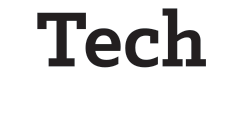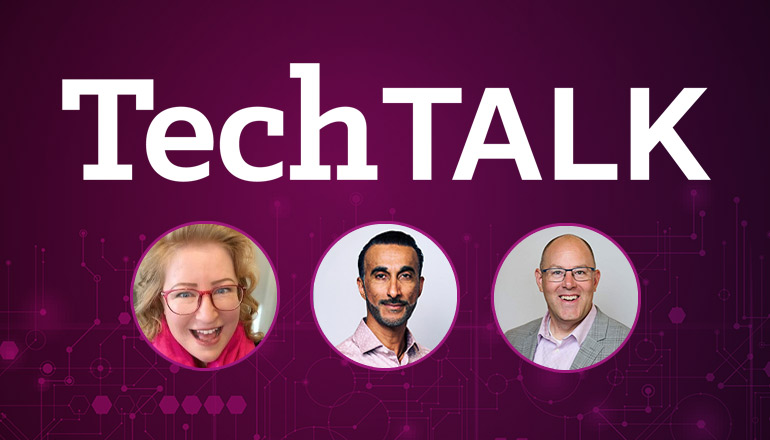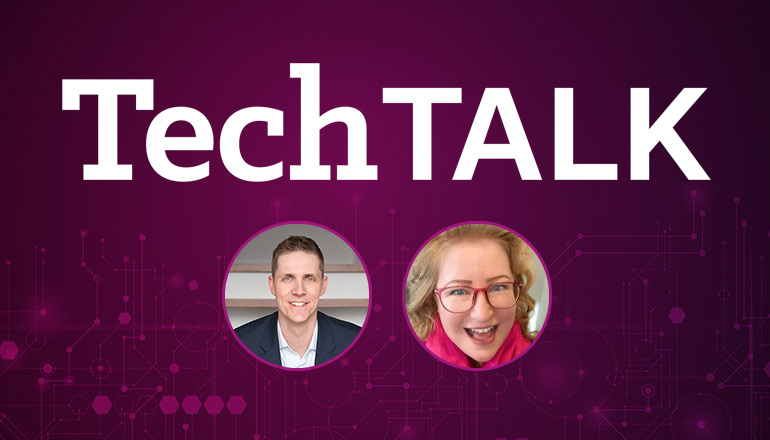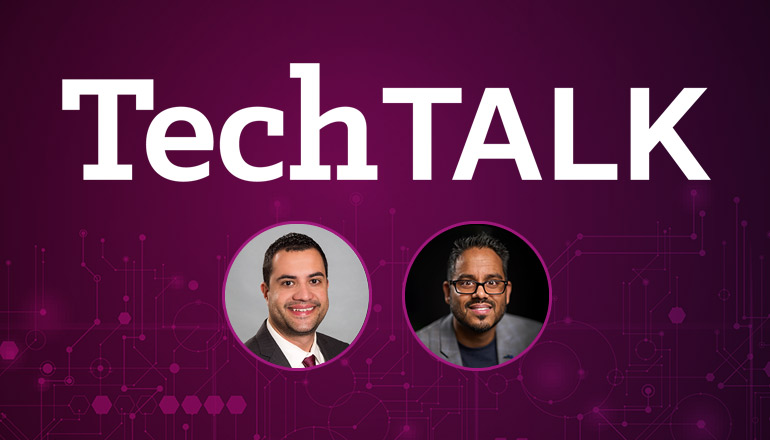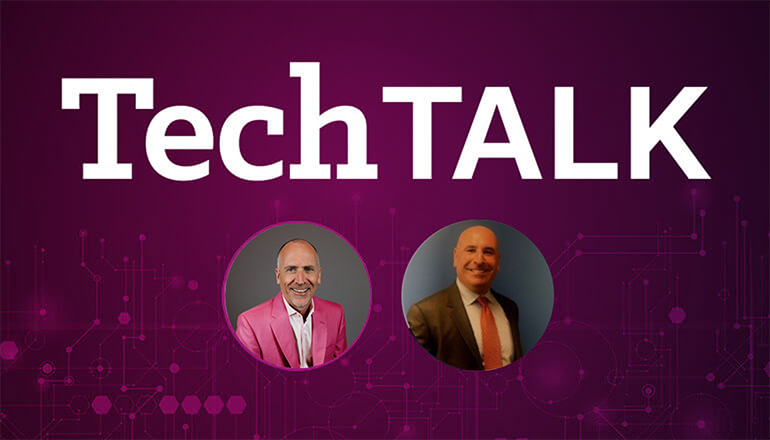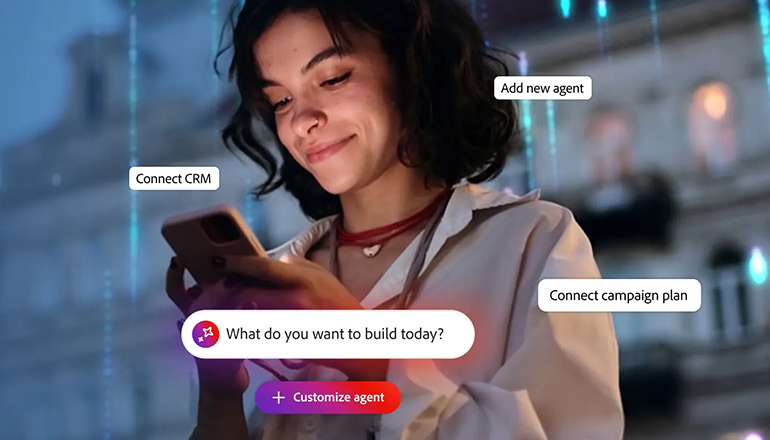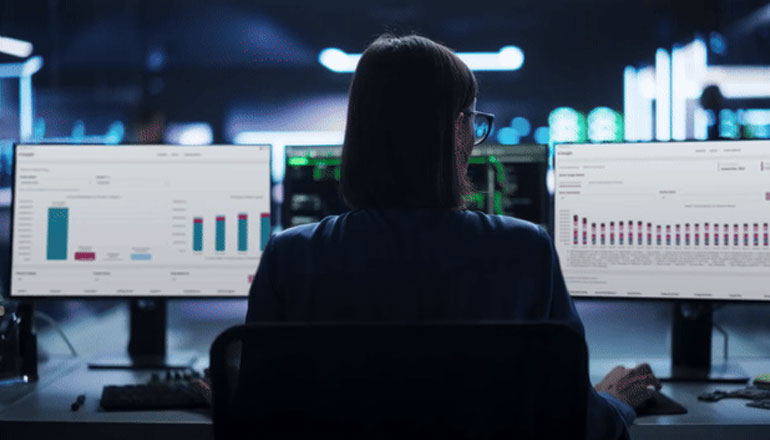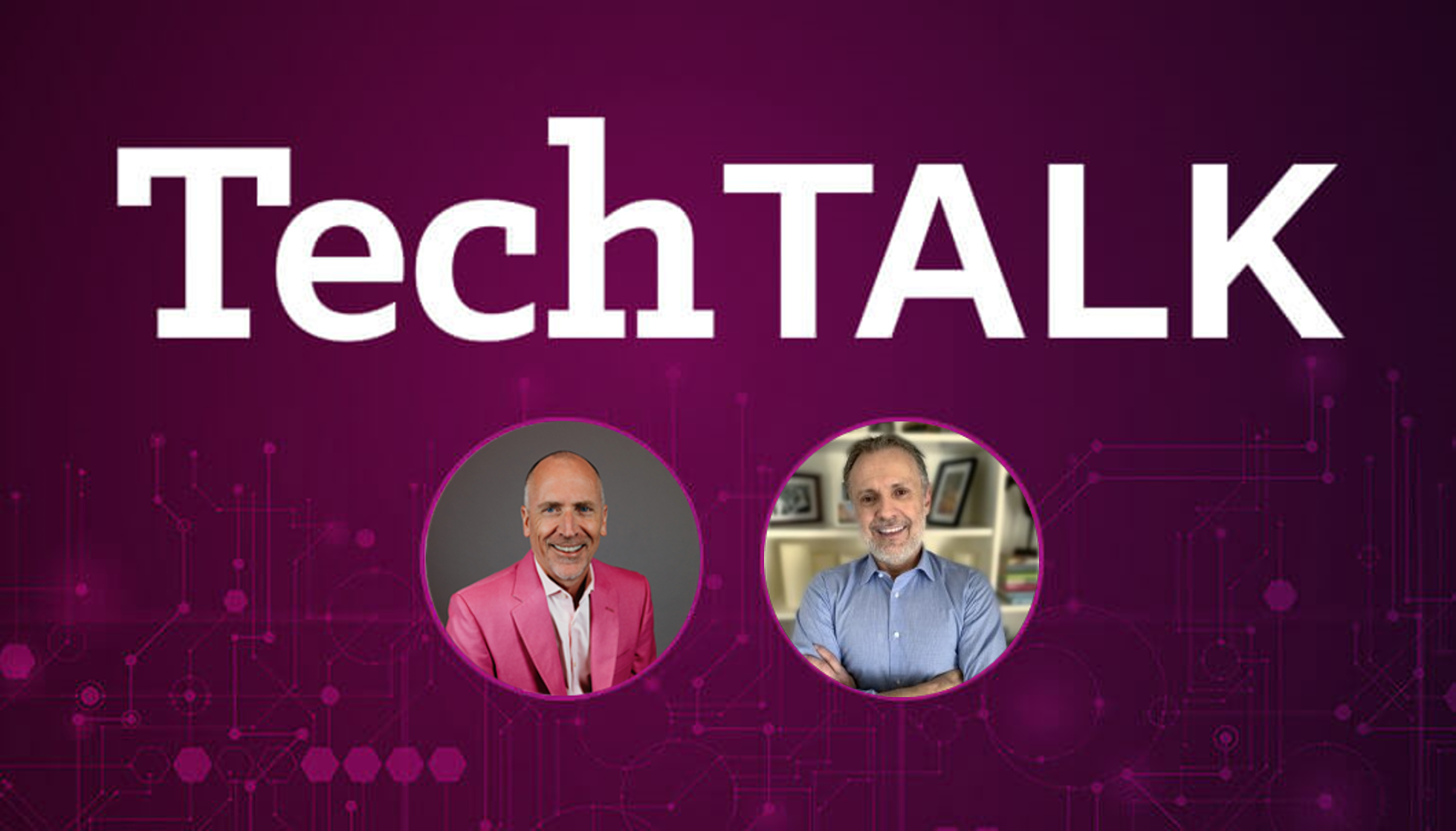Transcription de l’audio:
Charting the Path to Hybrid Work
Publié le 16 août 2021
JOHN
Hello, and welcome to Insight's TechTalk. My name's John Dathan and I have the privilege to lead Insight Canada. Normally we talk a lot about technologies on these sessions, but today we're going to talk about something even more important. And that's people. Our special guest today is Helju Nommik, who is the chief of staff for Cisco Canada, and as well leads strategy for Cisco Canada. So welcome, Helju.
HELJU
Thank you very much. I appreciate it.
JOHN
Appreciate you being with us. This is such an important topic and not one, to be honest, that I thought would be so much of my day, the way it is. And, you know, Cisco was ranked number one as best places to work in Canada. Globally, you're number one on the Forbes list. Just this week, you released your sort of policy around a hybrid work. So there's a lot of things going on and we would really, really love to learn from you. But maybe we'll just start off, maybe if you could just tell us a little bit about your role and what you're doing with Cisco Canada.
HELJU
Excellent. Thank you. So I always say I have like two hats that I wear, obviously from a chief of staff perspective, I'm the strategic business advisor to the president of Canada, for Shannon Leininger, who I absolutely adore. I've been a long time business partner for her. So I stand in for her here and there as required. But then as a strategy leader for the overall team, from a sales perspective, I work with her and the senior leadership team to look at, operationally speaking, what are the country level initiatives that we need to look at from a strategic level and operational level, and as well as a cultural level that we need to broaden our impact in the market while we support our teams, our customers, our partners, and our communities across Canada.
JOHN
Terrific. And I imagine this topic today is actually front and center a lot of times. Maybe if I could just ask you a kind of a broad question to open is, what makes hybrid work so complex in your mind?
HELJU
Well, I think, let's start with the very definition of hybrid work that makes it complex. What are we even talking about? Are we talking about remote work? Are we talking about telework? Are we talking about part-time work? Are we in the office? In the office four days a week, couple of days of the week? Everybody has a different definition of what hybrid work even means. And I think even just level setting on what does that even mean, causes a lot of confusion. Everybody has a different perspective on what that looks like. I think for the sake of today, the conversation, I think just to make it a little bit easier, has to be about how do you create a consistent experience, whether you are working remotely, so you're in that sort of virtual experience. Or you're in an office or what I call that physical experience, consistently. So that's kind of that fluid experience. So that's where the complexity starts, but I think there's other things that you need to add, which makes it even more challenging, such as that whole idea of a nine to five workday is kind of beginning to disappear. There's also that sort of what we considered hyper-connected lifestyle. We have all these different devices, there's this whole concept of digital body language, sort of a new way of conversing, all these different types of conversations. So we're losing in many ways, digital cues that we have. Like they say that emojicons and punctuation is sort of this new language that we need to think about. There's privacy and confidentiality challenges that we have to think about. How do you balance data and privacy collection with this general feeling of all right, well, you need these things, but yet, you know, how do you balance those things? We talked a little bit before this call about equity considerations. How do you ensure consciously or unconsciously that those that are in the office are treated not differently than those who are working remotely? And then there's some other general things such as, how do you handle virtual fatigue, mental wellbeing, et cetera, when you're working in that hybrid work environment? Because it has shown particularly in the last 18 months that working remotely or in a distributed work environment can be mentally taxing.
JOHN
Yes. I agree with everything you're saying. There's elements that we're thinking about too, when you talk about that flexibility, it's inside the same day, right? Where somebody might work at home for a couple of hours and come to the office and collaborate for a few hours and then finish the day in their home office. And I, as a seasoned veteran in the industry, have to not look at my watch when somebody comes in at 10 and leaves at three, even though intellectually, I know it's fine, but it's still, it's a different reaction. So I think some of that gets built into it. So what do you think is going to be critical in sort of having a successful hybrid working environment?
HELJU
So when we think about a successful hybrid working environment, what you're ultimately trying to do is you're trying to accommodate for different work styles, different roles and environments simultaneously, right? I mean, when you're thinking about that idea of the merging the physical, as well as the virtual, right? So from a technical perspective, that digital infrastructure is the foundation for hybrid work, right? So ultimately, you need to connect everyone and everything. That's every user, every device, application, and data, you need all those things simultaneously. You obviously need to secure all those connections. That's at any workload, workplace and workforce. And then ultimately, you need to automate all those different environments to ensure that you've got the visibility and insights to take the actions necessary for that sort of frictionless administration, but that's the technical side of things. So what I often say, technology's like air, you don't really think about it until it's not there, right? It's just sort of, you absolutely need it. But hybrid work to me, particularly from a strategy perspective, because I facilitate a lot of sessions. And even before the pandemic, the experience is what I was always looking for. Hybrid work is about ensuring, for me, has always been, how do I ensure that people who are offsite and in-person are all part of the whole conversation? And for me, the struggle has always been, you know, and when I think about hybrid work, the difference between great and exceptional is that idea of an inclusive, connected and that participatory experience. And Webex for us, that is absolutely the cornerstone of all of that. I know we aren't really going to get into technology, but that is ultimately what enables all of that. And so when you look at inclusion, every voice is heard with Webex. That's the audio, how it's optimized. I have a hearing impairment. So Babble, that noise removal, is really important to ensure that every voice is heard. Connection at every distance is really important, so that when you look at people, they're framed appropriately from an audio and video perspective, but Teams is really important so that people can collaborate over different time zones. And that participation, what I call value visibly is about being able to whiteboard. I can easily whiteboard on a desk pro, but Slido has been a godsend for me because I can poll and I can do quizzes, and I can do ranking during many of my planning sessions so that everybody can participate in different ways in different capacities or gesture with their hand up without feeling like they're interrupting, or they can provide perspectives sort of anonymously. So it's been absolutely very powerful for me to be able to ensure that everybody's included, everyone feels connected or I've had the ability to ensure that everyone's part of that conversation.
JOHN
Well, and you're right. Your technology is going to solve a lot of issues. I mean, one of the reasons the last 18 months has worked is we're all in the same boat. So we're all virtual. When we get back to a hybrid world where you're going to have five or six people in the room and five or six people that are connected to the meeting, we don't want two levels of class here, right? Like you say, it's kind of ubiquitous in terms of everybody participating and everybody feeling like they're a partner, right?
HELJU
Yeah, exactly. But I would say that even before the pandemic, those were challenges that I had before. And from a strategy perspective, this forced me to use a lot of the tools very differently, to get me to use the white boarding capabilities that were out there, to leverage Slido in a way that I hadn't really thought about. I had to change some of the timeframes that I did as well. You know, we have the tools and the techniques, honestly, but I had to be very purposeful in the way I used them to execute on these things. So it's available, and you're absolutely right, it's about making sure that you take the time to bring these people into the conversation. And I'm actually quite excited moving forward that hybrid work is possible. We just have to take the time and the energy to make it happen.
JOHN
Excellent. This time goes so quick. We maybe, one last question, like if there's one thing you'd want kind of listeners, business leaders to kind of take away from today, what would you like it to be?
HELJU
So when I think about the one thing of what I think is really important is that you really need to understand where your leaders, your teams, your departments, or wherever your organization is at, in this journey to hybrid work, you've got to figure out where are they today? Are they embracing the trend or are they just counting down the days to go back into the office? Or are they, I often say that you can't take someone from point A to point B if you don't know where the gap is. Taking the time to sit down, and this is exactly where Cisco is today with their move to a fully hybrid model, is they're asking us to sit down with our teams and our employees to move to a full hybrid model, to look at our business priorities, to understand, obviously from a business perspective, how we are going to do this, but in order to do that, we need to understand where are they? Do they have the digital competency? What do they need from us? How can we help them? You can't do that if you don't know where they are. So take the time and listen and ask them where they are.
JOHN
Well, Helju, thank you so much for sharing your perspective and the way that Cisco is thinking about this. At the end of the day, all of us, our teammates are so important to us. And so this is just such a critically important topic. Terrific feedback. Thanks for joining us. And thank you for your partnership.
HELJU
Thank you.
